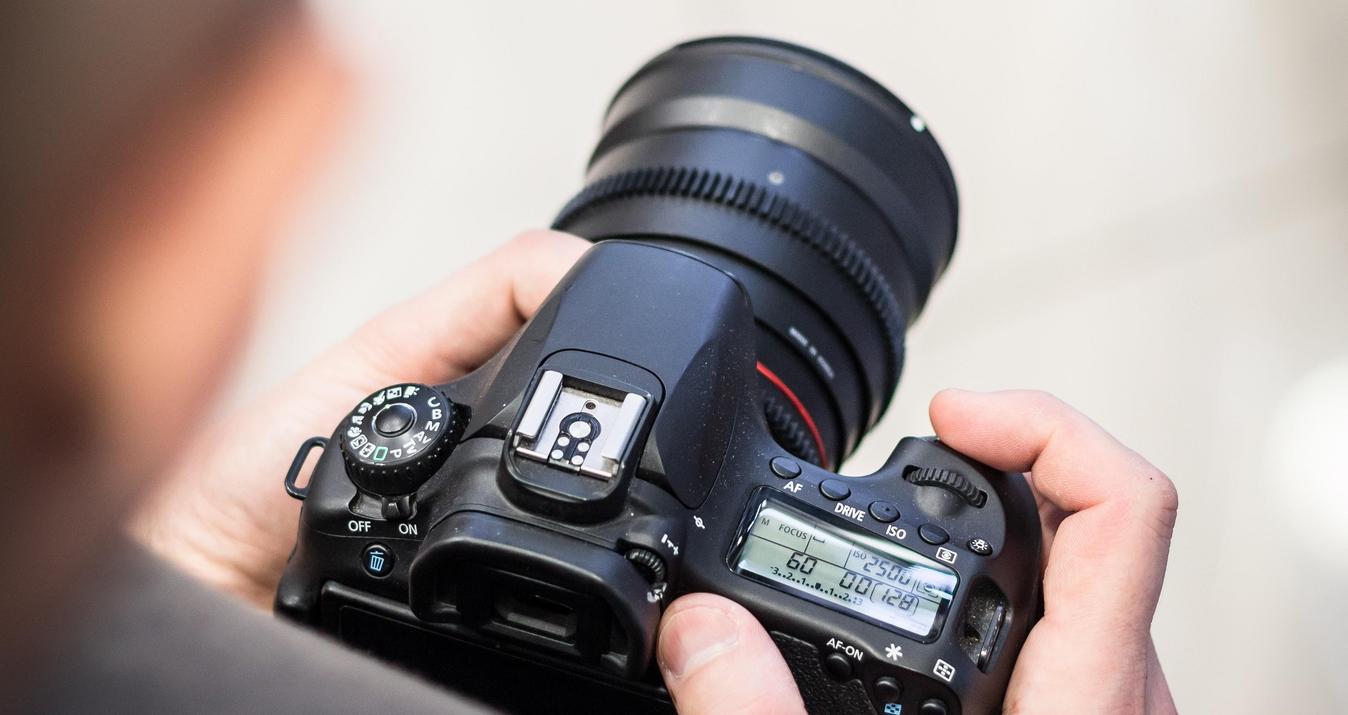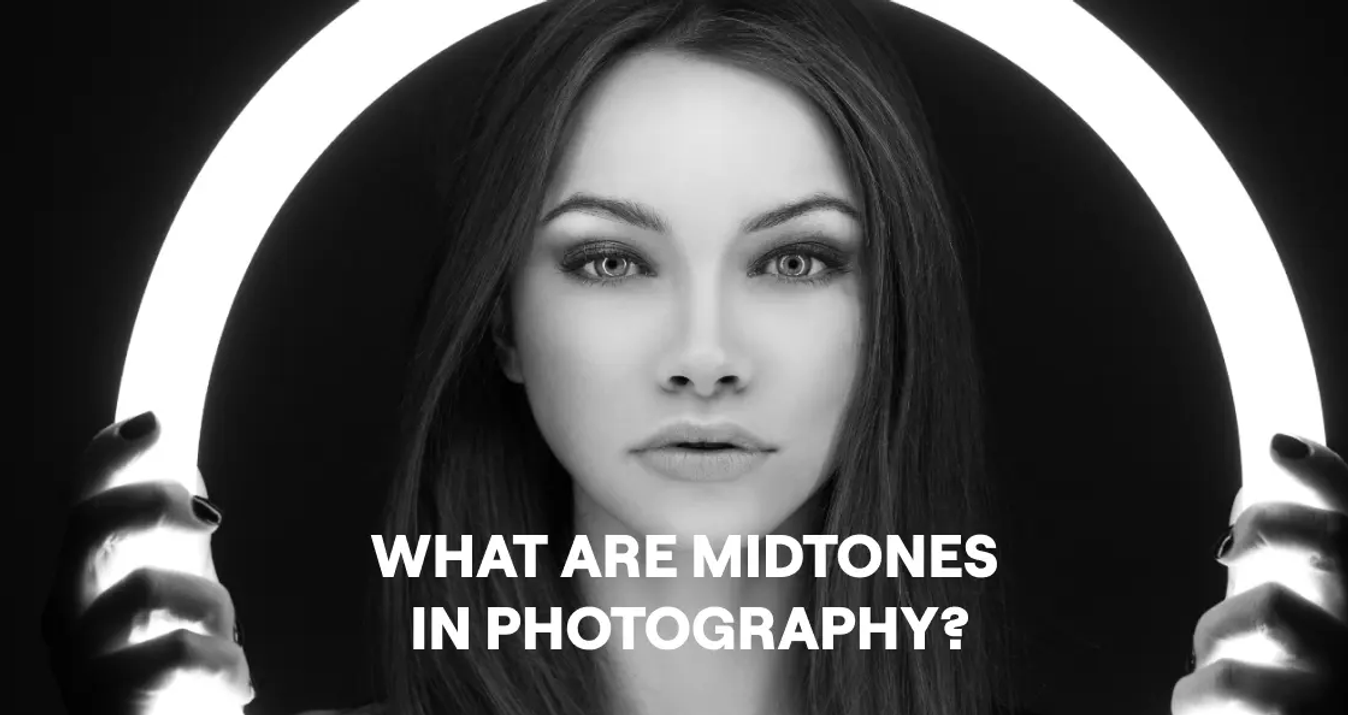Viewfinder: Everything You Need to Know About It
December 29, 2022

Are you a beginner photographer who has never paid attention to a small glass rectangle that is placed on the top of the camera? This is the detail that most people ignore for some reason. But in vain. Why?
While Elon Musk is creating new modes of transport and technology is developing at a frantic pace, the viewfinder camera remains unchanged. But at the same time, it can be a valuable source of creativity for you. In what way exactly? In our article, we will tell you about it and share with you other interesting features and facts about this important detail.
The Main Information About This Detail
 Most photographers, who are just making their first steps in photography art, don’t always know what is a viewfinder on a camera. After all, they simply don’t take into account this detail, although it’s very significant for everyone who dreams of becoming a real guru in the world of photography. So, we will tell in detail.
Most photographers, who are just making their first steps in photography art, don’t always know what is a viewfinder on a camera. After all, they simply don’t take into account this detail, although it’s very significant for everyone who dreams of becoming a real guru in the world of photography. So, we will tell in detail.
The viewfinder is inherently a part of the camera. It’s very noticeable because you can see it with the naked eye on the back of the digital gadget. It is through it that the photographer looks at the scene with his dominant eye (it all depends on whether he is right or left-handed) to better see the shooting details. In other words, you look at the scene in front of your gadget through a piece of glass as if through a window or binoculars and at the same time have the opportunity to compose and focus the image.
The viewfinder is built-in in almost any type of camera. You can notice it in film, DSLRs, mirrorless, and compact cameras. Often, it’s a built-in part. But there are also cameras without viewfinders. What to do if your gadget is without this detail? You can buy an external component and mount it on the host camera’s hot shoe.
Evolution: Let’s Dive into History
 You have already found out what is a view finder. Before we go any further, let’s take a trip back in time to explore how it became popular and was changing.
You have already found out what is a view finder. Before we go any further, let’s take a trip back in time to explore how it became popular and was changing.
Early 20th Century: Waist-level Viewfinders
As is known from many sources, viewfinders become widely popular in the early 20th century. At that time, they were inside box-shaped cameras with rangefinders. Their peculiarity was that photographers held them at waist level and saw a small image by looking down into the lens of the camera.
1920-1930s: Larger Viewfinders
Camera viewfinders of larger sizes become popular in the late 1920 and 1930s. In those years, taking photos through this detail was becoming more commonplace, although most people still perceived this process as something new and revolutionary.
The Mid-1960s: Square Type of the Viewfinders
Photographers focused their attention on the clear square-shaped view finders on cameras during the mid-1960s. But they didn’t remain on the wave of popularity for long, as the following types of cameras appeared. We’ll talk about them below.
The 1970s: Viewfinders in SLRs
The 35 mm SLRs and compact cameras with viewfinders began to appear in the world in the 1960-1970s. They quickly found supporters because of the incredible convenience during their use. After all, the camera could be held at eye level.
Viewfinders of the Present
Previously, there were only optical camera view finders. But technologies don’t stand still. With their development, there were also electronic viewfinders. The latest models of cameras can have two types at the same time. But, some special gadgets don’t have this detail at all.
Main Types of Viewfinders and Their Features
 How do types of viewfinders exist in the world of photography? Since the beginning of the development of cameras, the world saw two main variants of this detail – optical and electronic. Both are very popular in the photo industry. Below, we will consider each of them and find out which is better.
How do types of viewfinders exist in the world of photography? Since the beginning of the development of cameras, the world saw two main variants of this detail – optical and electronic. Both are very popular in the photo industry. Below, we will consider each of them and find out which is better.
Optical Viewfinder: Good Old Accessory to The Camera
An optical viewfinder saw the world of the day, back when digital technologies didn’t exist. You can notice it on most DSLRs. It’s essentially an inverted Galilean telescope that looks like an eyepiece on the back of the camera. It has a system of mirrors and prisms, thanks to which you see in front of you what your DSLR lens sees. How does it happen? Everything is simple. The light hits the camera sensor and then reflects off the mirrors.
The main advantage of optical viewfinder photography is that you can improve the image, by adjusting the ISO, aperture, and shutter speed. The camera has one or several LED displays where the main data about changed settings and focus points are displayed. In particular, you can see the current ISO value, aperture, shutter speed, and other shooting information here. If the overlay of another display on the image of the scene is provided, you also see a special grid or lines that help you effectively compose your image.
If you have the view finder camera, take into account that you’ll not notice changes in settings in the glass rectangle. In other words, you’ll not see the final look of the picture before you press the shutter button. Why is this happening? The main reason lies in the mechanical glass mirror. When shooting it goes up, a result which you see the blank image in the viewfinder.
Advantages:
- Doesn’t consume energy or battery power.
- Reduces the shaking of the camera due to holding the gadget close to the body.
- You can easily concentrate on the creation image because nothing distracts from the process.
- Availability of a diopter, which is a godsend if you wear glasses. You can easily correct your vision, as well as focus and capture a clear image without blurring and other unwanted defects thanks to this detail.
- Provides excellent results in both good and low light.
Disadvantages:
- If your camera accidentally falls, the mirrors inside it will break.
- It’s difficult for you to imagine what the final shot will be because it’s not visible in the viewfinder before shooting.
- There is such a slight error as parallax.
Electronic Viewfinder (EVF): Achievement of Modern Technologies
An electronic or Digital viewfinder photo in contrast to the optical one is easier to work when shooting and shows exactly the picture you’ll get. It’s inherently a small LCD, that is usually placed on the back of the compact DSLRs or mirrorless cameras. You see the live version of your picture in real-time through the viewfinder display. If you change settings, you see them too before you’ll take the photo.
Advantages:
- Easy focus, frame, and expose the image you want to take.
- Quickly captures an image from any focal distance.
- Provides high-quality shots.
- You see all changes in your viewfinder in real-time.
- Allows you to view the menu as well as photos you previously shot.
- Well reflects the lighting conditions of the scene, which is located in focus.
Disadvantages:
- Consumes a large amount of battery power. It’s an unsuccessful decision if you plan to go on a long journey where you’ll take a lot of photos in different places of nature.
- You don’t always have a view of the scene if the sun is very bright.
Optical vs Electronic Viewfinder: Which is Better?
As you see, each viewfinder has its pros and cons. But which of them is better? The answer to this question isn’t unequivocal because both details are good in certain situations. For example, the optical viewfinder is best to use when you want to shoot skiing, skimp on the trampoline, or do other sport activity. Why? Because it hasn’t a time lag. Also, this variant is useful if you are shooting on a very bright day. After all, it reduces the amount of glare. As for the digital viewfinder, it allows you to better show the scene in front of your camera in low light conditions. So, the choice of this detail depends on the situation and your needs.
Why Viewfinder is so Important?
The viewfinder is something without which photographers cannot fully create. This particular tiny box, which is located on the camera visor, helps you to frame and compose your shot so that you got an aesthetically pleasing and high-quality picture as a result. And thanks to its lightness and portability, you can feel like a photo director who quickly and easily plans the camera position while shooting a particular scene from any focal length.
The Viewfinder on the Camera: Basic Principles of Work
 How does the viewfinder work? It all depends on the type of this box. The optical viewfinder reflects the image thanks to pentaprisms and pentamirror. The first type is usually used in professional-level DSLR cameras, so you see high-quality and bright viewfinder pictures. It happens thanks to special work with light. First, it passes through the camera lens to the glass prism that has an angle of inclination. Due to this structure, light is redirected to the eyepiece to show the scene in front of the lens.
How does the viewfinder work? It all depends on the type of this box. The optical viewfinder reflects the image thanks to pentaprisms and pentamirror. The first type is usually used in professional-level DSLR cameras, so you see high-quality and bright viewfinder pictures. It happens thanks to special work with light. First, it passes through the camera lens to the glass prism that has an angle of inclination. Due to this structure, light is redirected to the eyepiece to show the scene in front of the lens.
If you hold the camera with a pentamirror system in your hands, the light passing through the lens image is reflected with the help of a series of plastic mirrors which move while pressing the shutter button. So, you see a worse image in front of you when using the pentamirror DSLR viewfinder. This variant is often found in entry-level DSLRs.
And as for the electronic viewfinder, it works analogically, but there is some difference here. When the light gets in the lens, the scene is registered and treated with a sensor. Then the finished picture gets on a huge display of a digital viewfinder.
3 Tips For Using
 Using a viewfinder may seem something difficult. But don’t worry. Knowing some tips, you can create real photo masterpieces.
Using a viewfinder may seem something difficult. But don’t worry. Knowing some tips, you can create real photo masterpieces.
Tip #1: Adjust the diopter
 Do you see in the viewfinder that the picture is blurry in front of you? It can happen if you accidentally slipped the diopter. What to do in this case? Just adjust the diopter. First, focus the camera on the main object and use a little knob that is placed by the viewfinder. If you need to see details from a distance, turn it to the “+” side. If you want to get a picture close up, turn the knob to the “–” side. Do this until the image becomes clear.
Do you see in the viewfinder that the picture is blurry in front of you? It can happen if you accidentally slipped the diopter. What to do in this case? Just adjust the diopter. First, focus the camera on the main object and use a little knob that is placed by the viewfinder. If you need to see details from a distance, turn it to the “+” side. If you want to get a picture close up, turn the knob to the “–” side. Do this until the image becomes clear.
Tip #2: Exposure Control Modes
 If you see that scene is dark, just increase ISO, open up the aperture, and slow down the shutter speed. In the case when the light is too bright in the viewfinder, you need to reduce ISO.
If you see that scene is dark, just increase ISO, open up the aperture, and slow down the shutter speed. In the case when the light is too bright in the viewfinder, you need to reduce ISO.
Tip #3: Take into Account the Connection of the Viewfinder with the Type of the Lens
 When going on a photographic journey, keep in mind that the viewfinder and the lens are associated with each other. In what way? The technical passport of every camera indicates the zoom range of the viewfinder. For example, if 1x magnification is indicated, and you use a 50 mm lens, then looking through it, you’ll see the same picture in front of you that you would see with your own eyes just standing near your camera.
When going on a photographic journey, keep in mind that the viewfinder and the lens are associated with each other. In what way? The technical passport of every camera indicates the zoom range of the viewfinder. For example, if 1x magnification is indicated, and you use a 50 mm lens, then looking through it, you’ll see the same picture in front of you that you would see with your own eyes just standing near your camera.
If you want to get the optimal image, keep in mind that its size depends on the size of the lens. By using Zoom or a telephoto lens, the main shooting objects become closer to the viewfinder and, accordingly, visually increase in their size. If you attach a wide-angle lens to your camera, you’ll notice the following: objects in the foreground seem gigantic, and those in the middle of the frame seem distant and tiny.
In conclusion
You have found out what viewfinder means, emerged into its history, considered the main types, and learned how it works. As you see, this detail in the form of a small box or LCD is necessary for every photographer as a breath of fresh air. After all, it is this component that helps to effectively focus and compose the image, as well as to see the final scene before pressing the shutter button.





